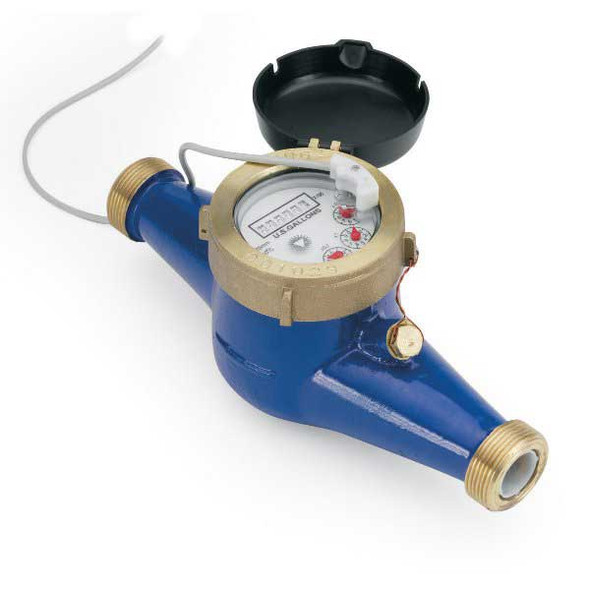Image may represent a range of products. Product may vary based on listed specifications.
Seametrics
Seametrics MJ-Series Cold Water Pulse Meter, 2.0 FPT, dry contact, two-wire reed switch sensor, cast bronze body, 150 psig @105 deg F, 1.98-132 gpm, 4 pulse/gal, 24VDC 20 mA output.
- Manufacturer: Seametrics
- Body Material: Cast Bronze Body
- Flow Range: 1.98 - 132 gpm
- Max. Pressure: 150 PSIG
- Max. Temperature: 105°F
- Max. Voltage Current: 24VDC 20 mA output
- Power Type: 6 mA at 12 VDC
- Product Type: Pulse Meters
- Pulse Rate: 4 gal/pulse
- Sensor Type: Two-wire reed switch sensor
- Size: 2 in.
- LINKS_Browse All Seametrics Products: /manufacturers/seametrics
- LINKS_Browse All MJ / MJH Series Products: /manufacturers/seametrics/mj_mjh-series
- Product Family: MJ / MJH Series
- Product Category: Flow Meters
Frequently bought together:







